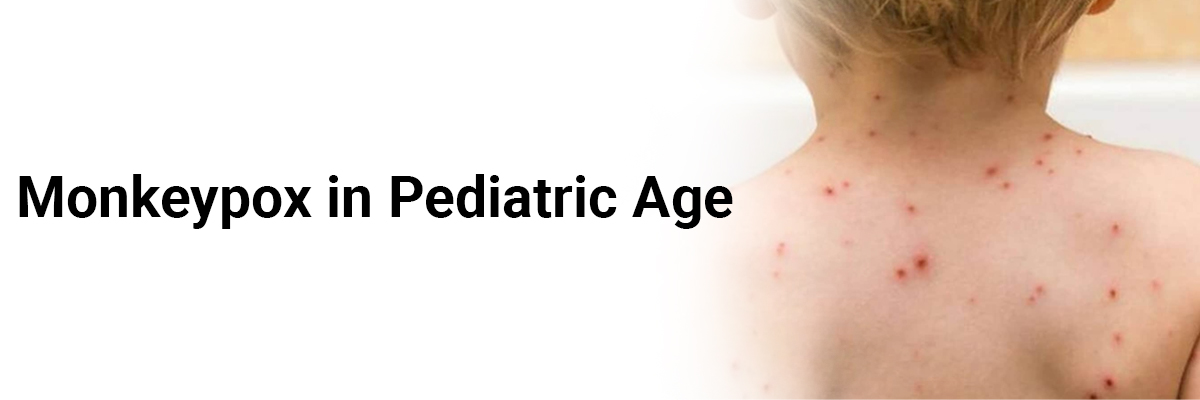
 IJCP Editorial Team
IJCP Editorial Team
Monkeypox in pediatric age
A recent report describes a case of a three-year-old girl who presented with cutaneous lesions in the absence of fever, pruritus, or other symptoms. Physical examination showed the presence of polymorphous cutaneous lesions localized to the buttocks, with umbilicated pustular, vesicular, and papular elements, which were not more than 3 mm in diameter. She showed no evidence of oral, perianal, or genital lesions. The physicians also didn't note any significant lymph node or visceral organ enlargement, and the rest of the examination was normal.
Her father was diagnosed with a monkeypox virus (MPXV) infection a few hours earlier. The patient had no history of travel or contact with animals. Her vesicular fluid swab specimen testing came positive for MPXV (real-time polymerase chain reaction).
She received instructions to isolate at home, maintaining contact, airborne, and droplet precautions until the full resolution of the cutaneous lesions (at ten days from onset). There were no complications at the 2-month follow-up and no development of new lesions. Further, no additional cases were reported in any contacts in the school.
Sopena MR, Xicota LN, Rodríguez AH, et al. Monkeypox, also in pediatric age. Asociacion Espanola de Pediatrıa. 2022. DOI: 10.1016/j.anpede.2022.10.003

IJCP Editorial Team
Comprising seasoned professionals and experts from the medical field, the IJCP editorial team is dedicated to delivering timely and accurate content and thriving to provide attention-grabbing information for the readers. What sets them apart are their diverse expertise, spanning academia, research, and clinical practice, and their dedication to upholding the highest standards of quality and integrity. With a wealth of experience and a commitment to excellence, the IJCP editorial team strives to provide valuable perspectives, the latest trends, and in-depth analyses across various medical domains, all in a way that keeps you interested and engaged.




















Please login to comment on this article